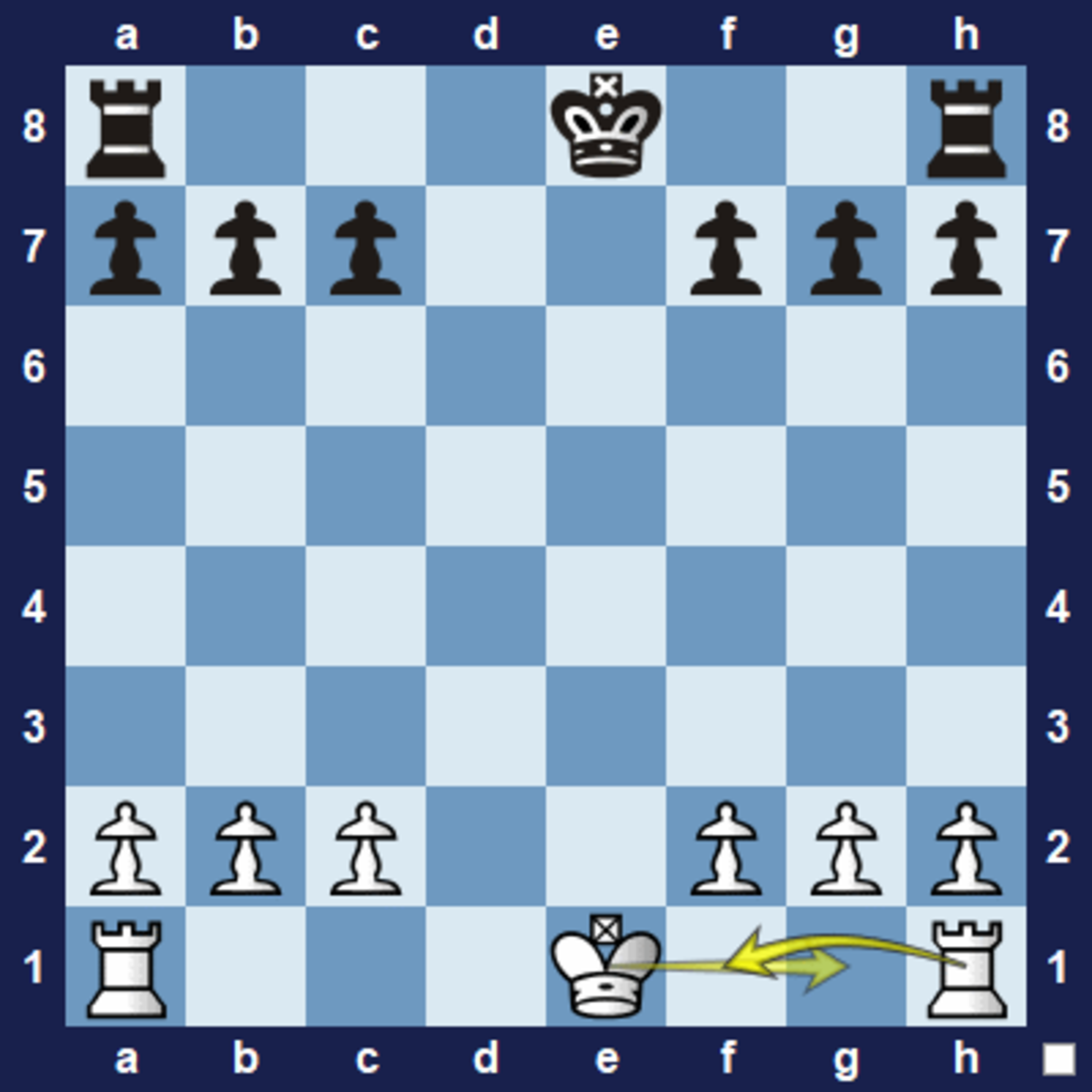
A queen is at her most power when the board is open, and the opponent's king and other pieces are undefended.
QUEEN AND KING MOVES IN CHESS HOW TO
While this strategy can be effective against other beginners, experienced players know how to make use of their queen better as well as knowing how to punish their opponents early queen development.ĭue to its long range and flexibility in movement, the queen is a great piece to execute forks with, though this is usually only useful if both threatened pieces are undefended or one is a king (in check) and the other is undefended. Many novice players will want to bring out their queens early on in the game (in hopes of playing Wayward Queen Attack or Scholar's Mate). A quote by former world champion, Garry Kasparov, perfectly describes these downsides: "The queen is the strongest and weakest piece since if it's attacked you have to move it unless you are sacrificing it or the enemy's queen is attacking it." The queen is usually represented by a Q in algebraic notation.Īlthough you may think that the Queen being the most powerful piece is a good thing, it has its downsides. The value of a queen is about 9 pawns/points. The white Queen on a white square, and black on black. An easy way for beginners to remember this is that the Queen always begins on her own color. Each player has only one queen located between a king and a bishop on the d1 square for white, and on the d8 square for black. It can move any amount of squares (as long as there is no piece in the way) horizontally, vertically or diagonally, combining the powers of the rook and bishop. The queen is the most powerful piece in Chess.

:max_bytes(150000):strip_icc()/illustrated-guide-to-chess-pieces-611547_v3-777101f35fb74a6c89c5daa058954683.png)
Infinite squares horizontally, vertically & diagonally


 0 kommentar(er)
0 kommentar(er)
